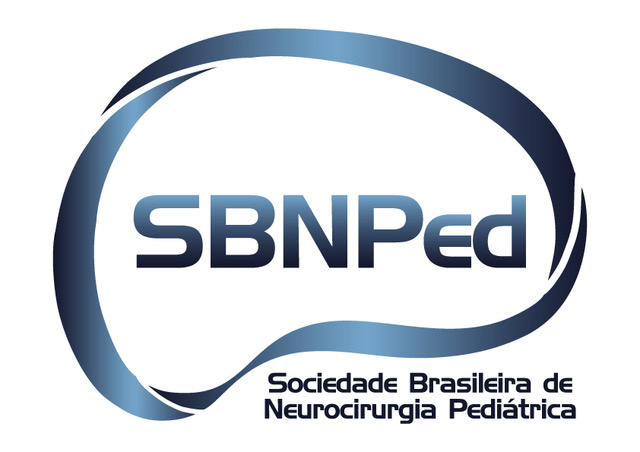Recurrent cerebellar abscess secondary to cranial dermal sinus associated with dermoid cyst in children
DOI:
https://doi.org/10.29327/apn.v1i1(September-December).21Keywords:
Cerebellar abscess, Dermal sinus tract, Dermoid cyst, Posterior fossaAbstract
Background: Posterior fossa dermoid cysts are rare, benign lesions whose diagnosis can be quite challenging because of their slow growth and subsequent paucity of symptoms. We present herein an unusual case of recurrent cerebellar abscesses induced by an adjacent extradural dermoid cyst with a complete occipital dermal sinus.
Methods: The authors report the case of a 20-month-old girl who presented with signs of acutely raised intracranial pressure and whose head scans showed a left cerebellar hemisphere abscess associated with obstructive hydrocephalus. The patient was treated initially with an external ventricular drain, followed by burr-hole aspiration of the abscess and long-term
antibiotics. Since the cerebellar abscess recurred, a posterior fossa craniotomy was performed and gross total resection of the lesion along with the dermal sinus tract and abscess contents was achieved. Histopathological analysis confirmed a dermoid tumor.
Conclusions: The occurrence of recurrent cerebellar abscesses must always rise up the suspicion of an associated dermoid cyst. Neuroradiological scans should be carefully evaluated in search for this lesion. Once the diagnosis is established, radical resection of the cyst, sinus tract and infectious components is the treatment of choice.
Downloads

Downloads
Published
How to Cite
Issue
Section
License
Copyright (c) 2019 Marcelo Volpon Santos, Danilo Jorge Pinho Deriggi, Guilherme Gozzoli Podolsky Gondim, Maria Celia Cervi, Ricardo Santos de Oliveira

This work is licensed under a Creative Commons Attribution 4.0 International License.

When publishing in Archives of Pediatric Neurosurgery journal, authors retain the copyright of their article and agree to license their work using a Creative Commons Attribution 4.0 International Public License (CC BY 4.0), thereby accepting the terms and conditions of this license (https://creativecommons.org/licenses/by/4.0/legalcode).
The CC BY 4.0 license terms applies to both readers and the publisher and allows them to: share (copy and redistribute in any medium or format) and adapt (remix, transform, and build upon) the article for any purpose, even commercially, provided that appropriate credit is given to the authors and the journal in which the article was published.
Authors grant Archives of Pediatric Neurosurgery the right to first publish the article and identify itself as the original publisher. Under the terms of the CC BY 4.0 license, authors allow the journal to distribute the article in third party databases, as long as its original authors and citation details are identified.





























